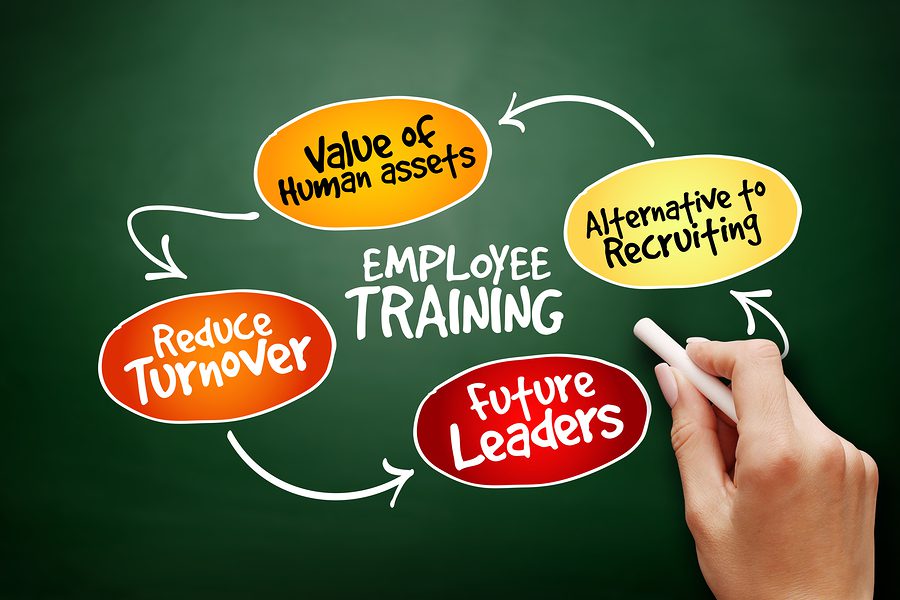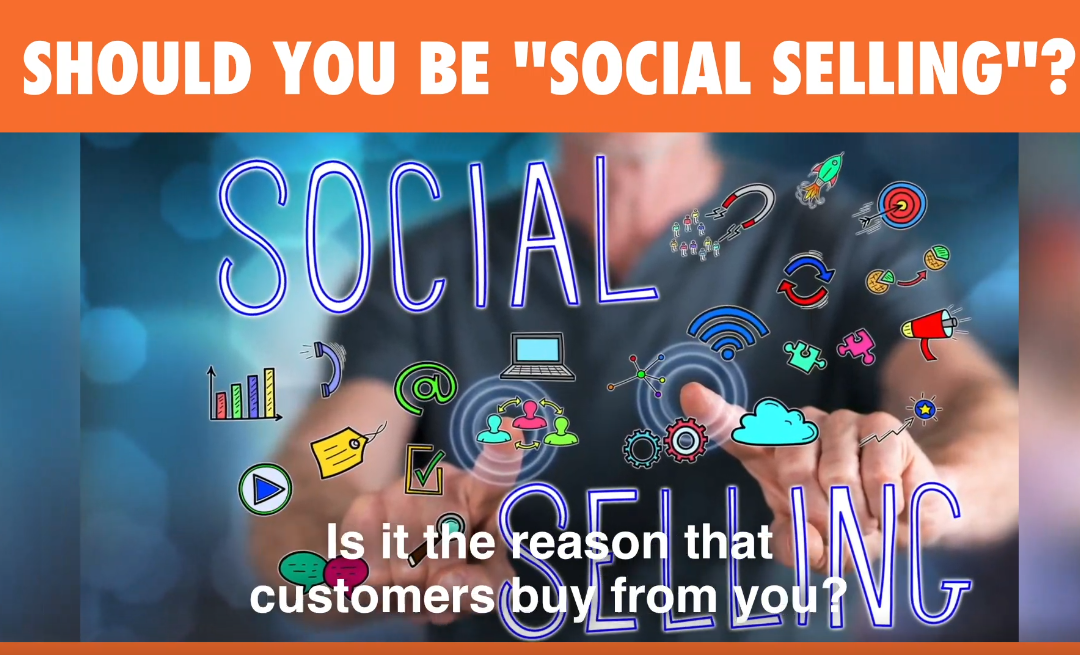What is the purpose of delivering the Ultimate Customer Experience®?
For many, the primary goal is become distinctive from the competition. There have been numerous companies that have built themselves up by filling the niche of delivering excellent customer service. The Ritz Carlton, for example, famously authorizes every staff member to spend up to $2,000 per day to give each guest an exceptional experience. And the Ritz Carlton stands apart even in the world of luxury hotel chains as delivering truly exemplary customer service.
However, outpacing the competition in offering the Ultimate Customer Experience® is not limited to major hotel chains – or even big business. Plenty of smaller and supposedly “less glamorous” companies employ customer experience techniques that set them apart from the pack.
Using the Customer Experience to Conquer the Marketplace
Unless you’ve been traveling by train in France, you likely haven’t heard of the company Captain Train. Prior to its purchase for $187 million by Trainline Europe, it was a small travel website used to buy cheap French train tickets. What’s more, the market for selling cheap train tickets in France was already dominated by Voyages-sncf.com.
Captain Train saw an opportunity to offer something that consumers weren’t used to getting with their train tickets: an excellent customer experience. CEO Jean-Daniel Guyot created a policy where the company pledged to not only answer but also solve all customer inquiries withing 2 hours. When Captain Train actually delivered on that promise, they were able to achieve a whole new level within their industry.
(If you’ve read my latest book, “ICONIC,” you know how critical I believe it is that your PROMISE is congruent with your PERFORMANCE!)
Replacing Lost Items
One example of the Ritz-Carlton’s over the top customer service includes the hotel overnighting a laptop charger to a guest who had left it behind — along with an extra charger!
Smaller companies can also make up for the little disappointments in life. Kinsa Health manufactures thermometers that come with a small plastic cap to protect the tip. This is not sold as a stand-alone item. However when customers contact the company to request a new one, the company sends a replacement — without charge — along with a handwritten note.
Win Over Critics
A large part of the customer experience in a luxury brand hotel is making sure that no one is having a bad time. This should also be a concern for everyone seeking to deliver the Ultimate Customer Experience®!
Making certain that critics are taken seriously is especially important in the food industry — a lesson which Julia Baldwin, the CEO of After Dark Cookies has taken to heart.
Using the NPS score (Net Promoter Score), the company reaches out to their harshest critics, asking what went wrong. When people were truly dissatisfied, they are refunded AND given an additional free order, in the hopes they will have a more positive experience. Sometimes the most valuable feedback has come from these encounters…not to mention new raving fans!
Finding Strength in Small Size
Sometimes the solution for a growing organization to delivering the Ultimate Customer Experience® comes from realizing that your expanding size might mean that you need to do things differently from the traditional norms of customer service.
Wistia, a video hosting, creation and analytics company realized that they were not able to deliver quality customer service to scale via phones. Yet a large part of their success was based on the customer service they offered — especially going above and beyond throughout the set-up process.
They made the difficult decision to remove their phone number from their website. They switched instead to a robust online system of support. This included personalized welcome material such as emails and videos that help guide new customers through the set-up process. It has helped Wistia to continue being greatly admired for their customer service.
All too often, the examples of companies setting themselves apart with their customer experience come from the major players. We’ve probably heard enough stories about Apple, Amazon, Southwest, Nordstrom and the usual suspects.
It’s critical that small businesses – and even entrepreneurs and solopreneurs – discover that they should not be afraid to invest their resources to make themselves shine by delivering the Ultimate Customer Experience®







